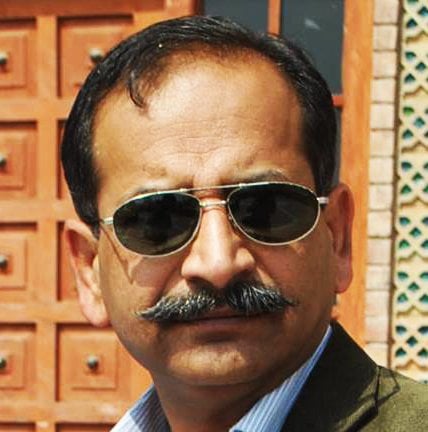A report published in various Sri Lankan newspapers claimed that Sri Lankan President Maithripala Sirisena had accused India’s external intelligence agency R&AW of attempting to assassinate him. More important is the fact that this assassination plot was unearthed just days before Ranil Wickremesinghe, the Sri Lankan Prime Minister was scheduled to visit New Delhi. Ms Srinivasan is Colombo correspondent of The Hindu. In her most recent article she has reported that Sri Lankan authorities are seeking Chinese assistance to tap evidence pertaining to the assassination plot. Unluckily just after that incident, a political crisis wrapped up the whole political scenario of Sri Lanka when President Maithripala Sirisena abruptly fired Prime Minister Ranil Wickremesinghe and appointed Rajapaksa as the new Prime Minister. Media reports say that Mr. Mahinda Rajapaksa is still sailing in the troubled waters as he had to face no-confidence motions in the Assembly last weeks. It is something very interesting to know that Mahinda Rajapaksa had been the sixth President of Sri Lanka from 19th November 2005 to 9th January 2015 and he had held RAW responsible for his defeat in 2015. Political experts on Sri Lanka affairs are of the opinion that again R&AW is behind the turmoil which Mahinda Rajapaksa is facing now. The Times of India has commented on the political turmoil in Sri Lanka very intelligently. It says that India is adopting a wait and watch stand on the ongoing political crises in Sri Lanka; however it is trying to use media front as a mean to yellow revolution by projecting that the President’s action is unconstitutional and the move to install Rajapaksa as the PM could lead to a constitutional crisis. Sri Lanka is an ‘archipelagic’ state. Archipelagic states are the states composed of groups of islands forming a state as a single unit. Sri Lanka is located between the Laccadive Sea in west and the Bay of Bengal in east, about 30 km south east of the southern coast of India. In the past, Sri Lanka had been facing a lot of serious trouble at the hands of Indian supported terrorists.
Bhutan and Nepal are also facing the same problem; the problem of Indian interference in their very personal type of matters. Be it Bhutan, Nepal or Sri Lanka, India always exploits its geographical presence by doing every kind of interference in these countries. Bhutan is a country which shares borders with China and India. The Indian state of Sikkim separates Bhutan from Nepal whereas the Indian states of West Bengal and Assam separate Bhutan from Bangladesh. It is an independent country but India doesn’t seem willing to accept its independence and always treats it as if it were an Indian colony. The people of Bhutan are continuously in a state of agony at the hands of India. In the recent elections in Bhutan, Indian interference was harshly and severely criticized by the local people. During the elections, Bhutanese media and the society gave a strong impression that “India is an Elephant in the Room” and Bhutan must get rid of it.
Same is the state of affairs with Nepal which is a country landlocked by India on its southern, eastern and western borders and with China’s Autonomous Region Tibet to the north. Because of its geographical situation; Nepal has to depend large on India even for transportation of goods imported from China. India knows well this helplessness of Nepal and exploits it to the full extent. The worst example of this exploitation was observed on 23rd September 2015 when India imposed an undeclared blockade along the boundaries with Nepal. This blockade severely affected Nepal and its economy. This brutal blockade continued for many days and choked imports of not only petroleum, but also medicines and earthquake relief material. The people of Nepal could never forget that cruelty. Last year, a book was published with the title, ‘Machination of RAW in Transitional Nepal.’ The author of the book is Nepalese scholar Dr Shastra Dutta Pant. The author has provided so many details regarding RAW’s covert and overt operations against the strategically important Nepal. The R&AW wants to compel Nepal to surrender its sovereignty in favour of Indian hegemonic designs in South Asia. The author has tried to make his readers realize that through micro-management of the Nepalese affairs, the R&AW is trying to make Nepal an exclusively India dependent country. A conflict-ridden, poverty-stricken, and politically weaker Nepal is a strength for RAW in pursuit of its Great Game Plan in Nepal. The book refers to the statement of a renowned Indian journalist Ashok Raina who once said, “R&AW pressurizes neighbouring countries to strike unequal bilateral treaties as in Nepal. With over 18,000 agents spread all over the world, RAW is believed to have around 12,000 agents just in the neighbouring countries, lending support to non-state actors, secessionists, and pressure groups.” Such undemocratic behaviour of the ‘shining India’ shall nowhere be appreciated.
